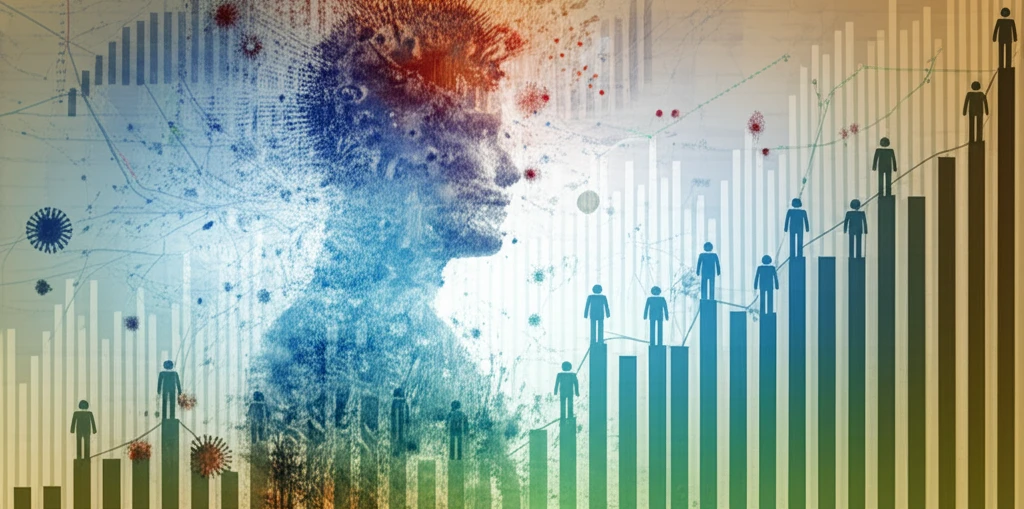
Decoding Epidemics: How Understanding Rational Behavior Can Help Us Stay Ahead
"New research reveals the hidden link between social distancing and infection rates, offering a powerful tool for predicting and managing outbreaks."
Throughout history, infectious diseases have posed a significant threat to humanity. Beyond the biological aspects, human behavior plays a crucial role in shaping the course of epidemics. Individuals often adjust their actions in response to perceived risks, weighing the potential costs and benefits of different choices. This leads to a complex interplay between individual decisions and overall population-level outcomes.
A key concept in understanding this dynamic is rational behavior. This assumes individuals act to maximize their well-being, which economists call “utility.” In the context of an epidemic, this means people might choose to reduce social activity when infection rates are high to minimize their risk of contracting the disease. This self-preservation strategy has a cost to social and economic wellbeing.
Recent research has delved deeper into this 'rational' decision-making process, focusing on how it shapes the course of epidemics. By analyzing how individuals weigh the costs and benefits of their actions, scientists are uncovering valuable insights that could lead to more effective public health strategies.
The Nash Equilibrium: Where Individual Choices Meet Collective Outcomes

The research hones in on the idea of a Nash equilibrium, a situation where no individual can improve their outcome by unilaterally changing their behavior. In the context of an epidemic, this means people adjust their social distancing efforts until they reach a point where they feel they're doing the best they can, given what everyone else is doing.
- Rational Social Distancing: Individuals balance infection risk against economic/social costs.
- Nash Equilibrium: A state where no individual can improve their outcome by changing behavior alone.
- Utility Maximization: People aim to maximize their well-being by adjusting social activity.
Empowering Individuals and Policymakers with New Insights
This new understanding offers valuable insights for both individuals and policymakers. By grasping the connection between personal choices, social distancing, and infection rates, individuals can make more informed decisions to protect themselves and their communities. Policymakers can leverage these insights to craft more effective public health strategies, encouraging rational behavior and promoting collective well-being during times of crisis. By understanding the balance between individual actions and societal outcomes, we can move towards a future where we are better equipped to navigate the challenges of epidemics.
